In an ever-changing world where adaptation is key to survival, one creature stands as a remarkable testament to evolutionary perfection—the horseshoe crab. Often referred to as “living fossils,” these ancient arthropods have remained virtually unchanged for over 300 million years, surviving mass extinctions that wiped out countless other species, including the dinosaurs. Their resilience through time offers fascinating insights into evolutionary biology and raises intriguing questions about what constitutes successful adaptation. This article explores the extraordinary story of the horseshoe crab, its remarkable biological stability, and why this creature’s evolutionary standstill represents one of nature’s most fascinating anomalies.
The Living Fossil: An Introduction to Horseshoe Crabs
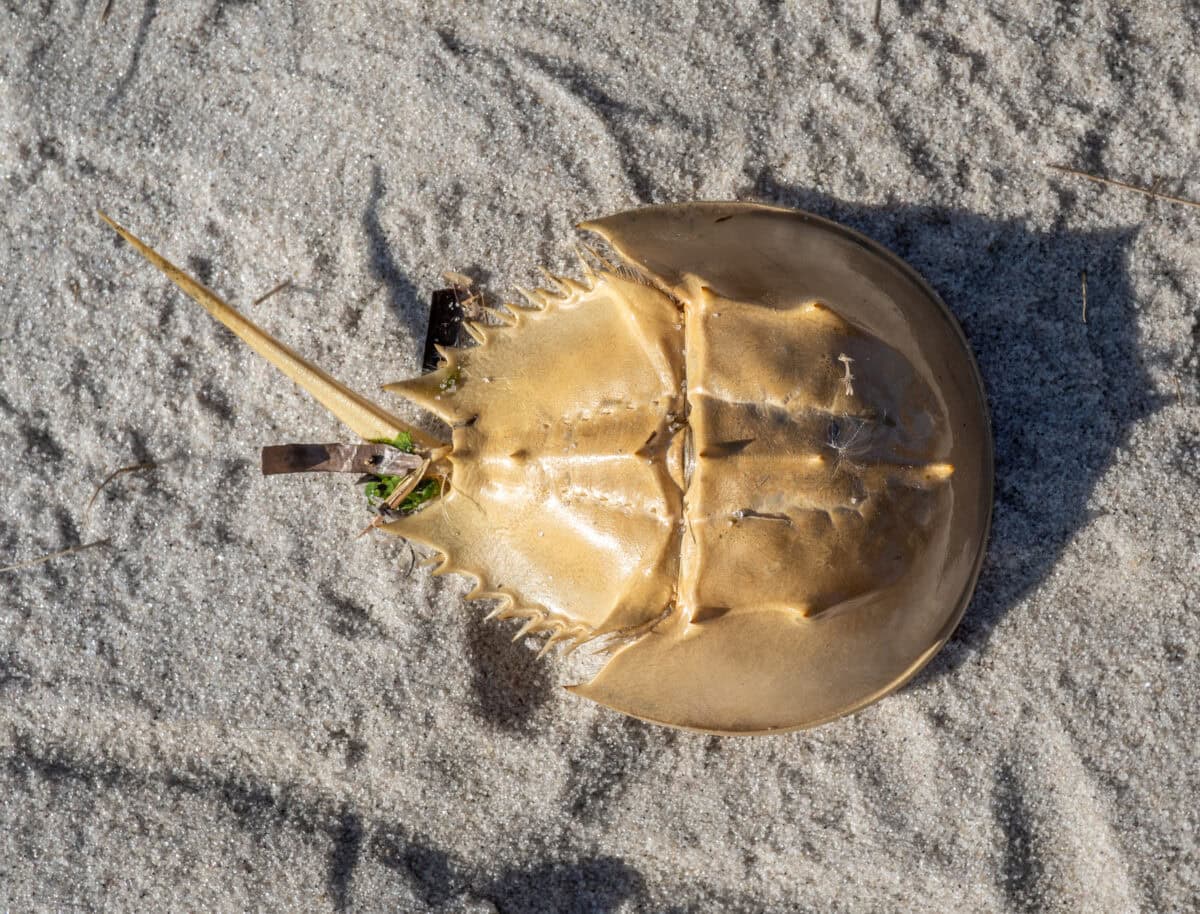
Horseshoe crabs (Limulidae) are marine arthropods that have inhabited Earth’s oceans since before the age of dinosaurs. Despite their name, these creatures aren’t actually crabs at all—they’re more closely related to spiders and scorpions than to crustaceans. With their distinctive horseshoe-shaped carapace, multiple pairs of legs, and long, pointed tail (telson), horseshoe crabs appear to have stepped directly out of prehistory into our modern oceans.
What makes them truly remarkable is that fossil records reveal horseshoe crabs from the Ordovician period (approximately 450 million years ago) look strikingly similar to the specimens we encounter on beaches today. This incredible consistency in form and function across geological eras has earned them their “living fossil” status and makes them one of the most enduring evolutionary success stories on our planet.
The Evolutionary Standstill: Understanding Morphological Stasis
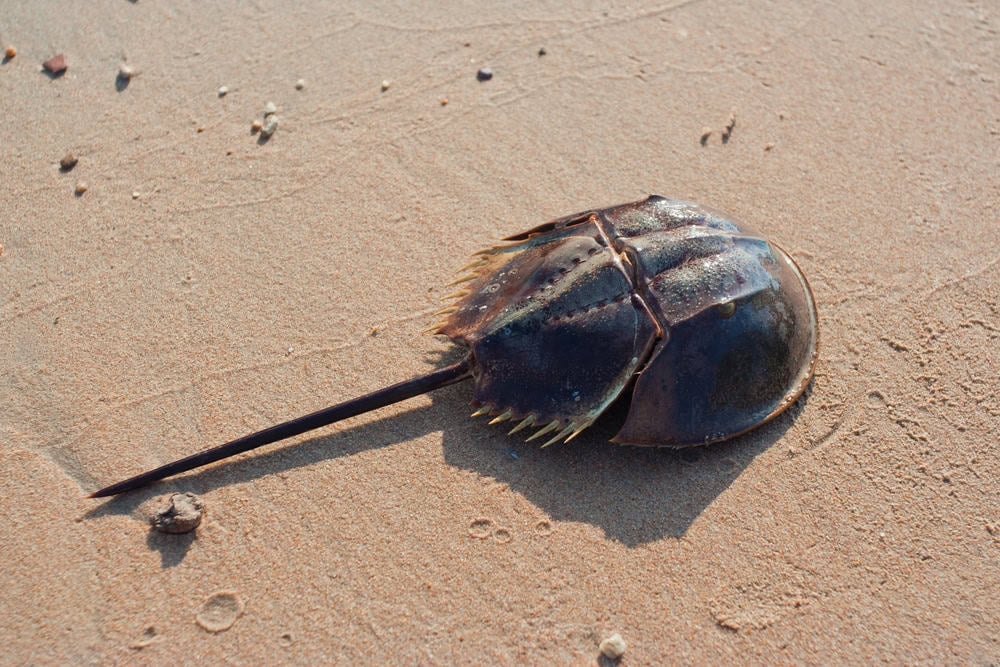
The phenomenon displayed by horseshoe crabs is known as “evolutionary stasis” or “morphological stasis”—a condition where a species experiences minimal anatomical change over extended periods. Fossil records indicate that while minor adaptations have occurred in horseshoe crabs over millions of years, their fundamental body plan and biological systems have remained remarkably constant.
Scientists believe this evolutionary standstill isn’t due to an inability to evolve but rather represents an extraordinary case of evolutionary success. Once horseshoe crabs achieved their distinctive form approximately 300 million years ago during the Carboniferous period, this body plan proved so effective for their ecological niche that further significant changes weren’t necessary for survival. This challenges our conventional understanding of evolution, which often emphasizes change as essential for long-term survival, demonstrating that sometimes, evolutionary perfection can be achieved early and maintained across eons.
The Four Surviving Species
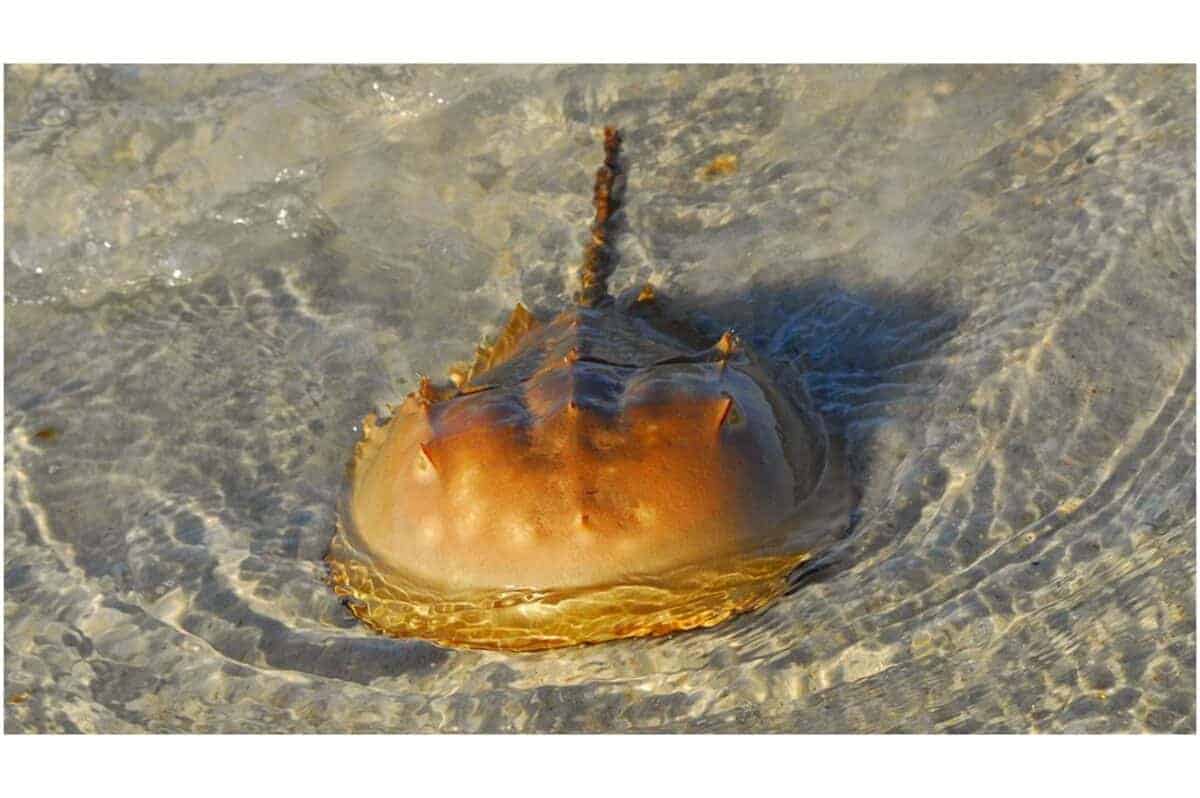
Today, only four species of horseshoe crabs remain, representing the last survivors of a once more diverse lineage. These include the Atlantic horseshoe crab (Limulus polyphemus) found along the Atlantic coast of North America and the Gulf of Mexico, and three Indo-Pacific species: Tachypleus tridentatus (the Japanese horseshoe crab), Tachypleus gigas (the southern horseshoe crab), and Carcinoscorpius rotundicauda (the mangrove horseshoe crab).
Each species has slight variations in size, habitat preference, and geographic distribution, but all share the same ancient body design that has served their ancestors for hundreds of millions of years. The Atlantic horseshoe crab is perhaps the most studied, growing up to two feet in length and living up to 20 years in the wild. These four species represent living windows into Earth’s distant past, offering scientists invaluable insights into prehistoric marine ecosystems and evolutionary biology.
Anatomical Marvels: The Perfect Design

The horseshoe crab’s anatomy represents a masterclass in evolutionary engineering that has stood the test of time. Their hard exoskeleton provides excellent protection against predators while remaining flexible enough to allow movement. Their unique body consists of three main parts: the prosoma (horseshoe-shaped front shield), the opisthosoma (abdominal section with movable spines), and the telson (the long, spike-like tail).
This tail, often mistakenly thought to be a dangerous stinger, actually serves as a rudder for steering while swimming and helps the creature right itself if flipped upside down. Perhaps most remarkable are their ten eyes distributed across their body, including two compound eyes visible on the shell and photoreceptors on the telson. This visual system allows them to detect both visible light and ultraviolet radiation, providing comprehensive awareness of their surroundings. The persistence of this design across hundreds of millions of years suggests a level of biological perfection rarely seen in nature’s continuous experiments.
Blue Blood: The Horseshoe Crab’s Invaluable Contribution to Medicine
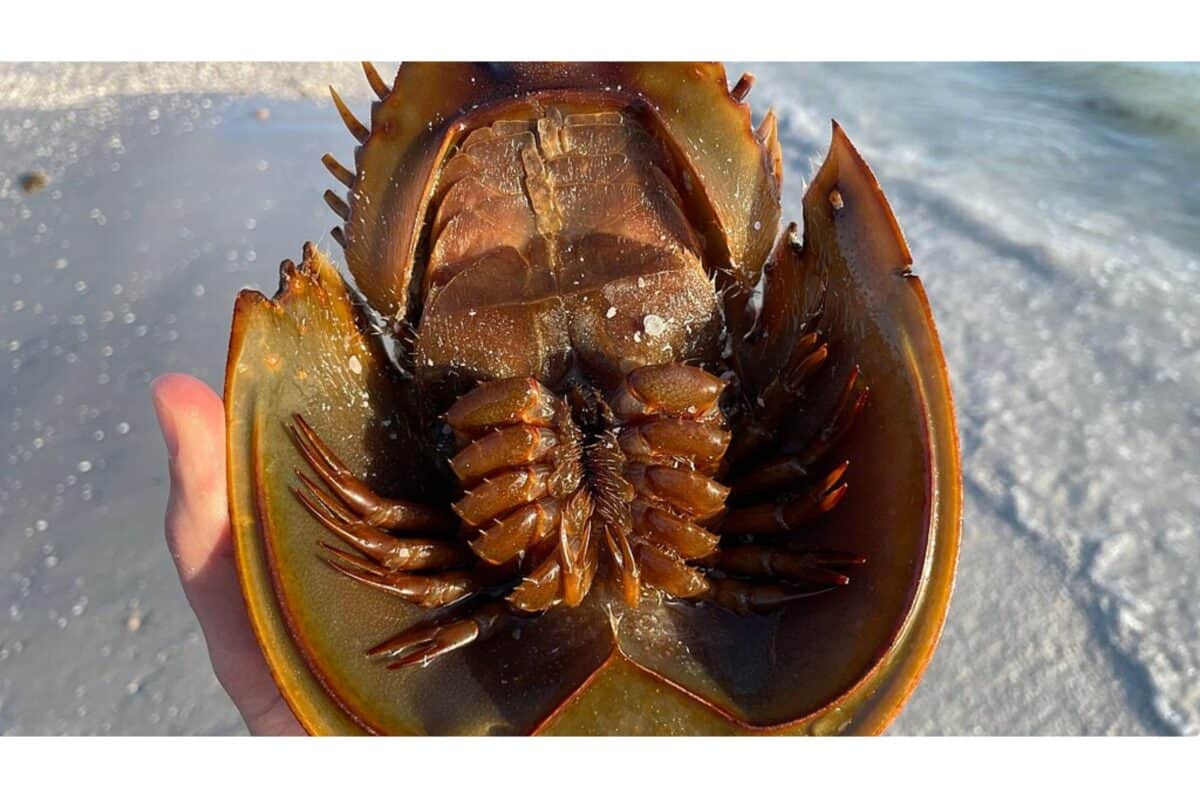
One of the most extraordinary features of horseshoe crabs is their copper-based blue blood, which contains a substance called Limulus Amebocyte Lysate (LAL). Unlike human blood, which uses iron-based hemoglobin giving it a red color, horseshoe crabs use copper-based hemocyanin, resulting in their distinctive blue blood. This ancient blood has become invaluable to modern medicine. LAL reacts to endotoxins (harmful bacteria) by forming clots around them, a primitive but effective immune response that has been exploited by medical science.
Since the 1970s, horseshoe crab blood has been used to test for bacterial contamination in vaccines, injectable drugs, and medical devices. A single quart of horseshoe crab blood is worth approximately $15,000, making it one of the most valuable liquids on Earth. This remarkable biological feature, unchanged for 300 million years, now helps ensure the safety of countless medical procedures worldwide—an ironic twist where one of Earth’s oldest organisms plays a crucial role in cutting-edge healthcare.
Reproductive Strategies: Ancient Mating Rituals
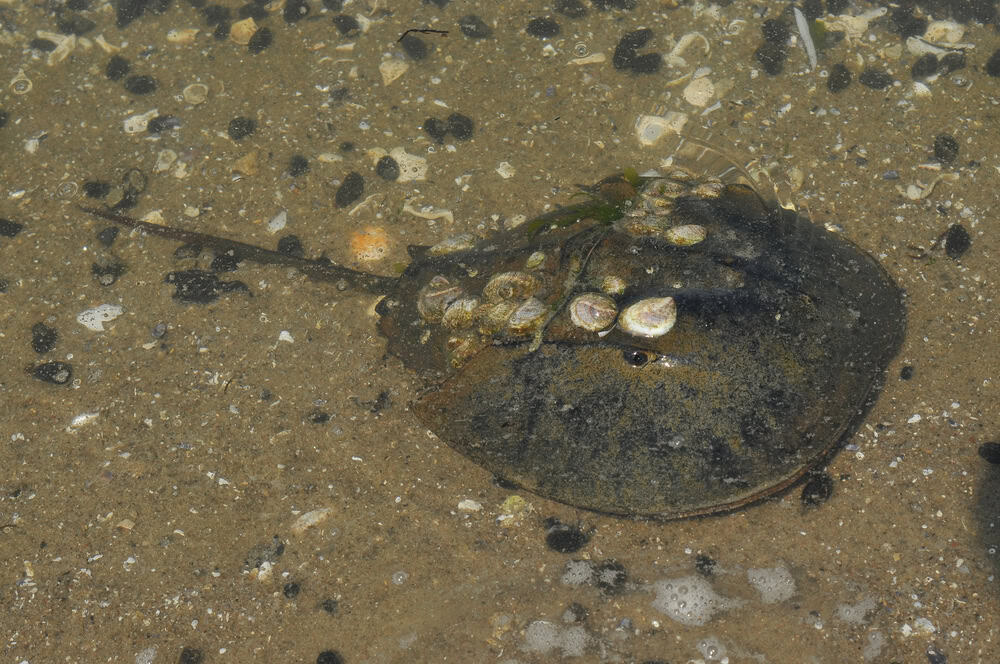
The reproductive behaviors of horseshoe crabs offer another window into their ancient past and evolutionary stability. Each spring, during high tides coinciding with full and new moons, thousands of horseshoe crabs migrate to shallow coastal waters to breed. This spectacular event hasn’t changed in hundreds of millions of years. Males arrive first and wait for females, who are typically larger. When a female arrives, she may have several males competing to attach to her back using specialized appendages called claspers.
The female digs shallow depressions in the sand where she deposits thousands of eggs, which the attached male then fertilizes. This mass spawning creates a vital food source for migratory shorebirds, particularly the red knot, which times its migration to coincide with horseshoe crab spawning. The reliability and consistency of this reproductive strategy across geological time demonstrates how well-adapted horseshoe crabs are to their environment and helps explain their evolutionary longevity.
Surviving Mass Extinctions: The Ultimate Survivors
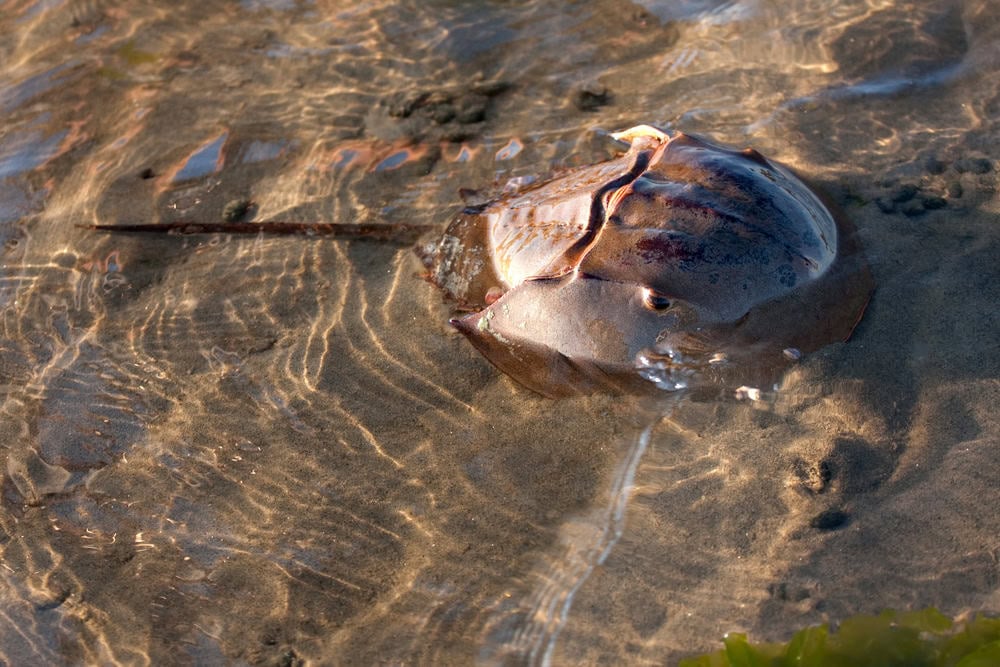
Perhaps the most impressive aspect of horseshoe crabs’ 300-million-year history is their survival through multiple mass extinction events. While dinosaurs, trilobites, and countless other species disappeared forever, horseshoe crabs persisted relatively unchanged. They survived the Permian-Triassic extinction approximately 252 million years ago, which eliminated roughly 96% of marine species and is known as “The Great Dying.” They also weathered the Cretaceous-Paleogene extinction 66 million years ago that wiped out the dinosaurs.
This extraordinary resilience raises fascinating questions about what makes horseshoe crabs such effective survivors. Scientists theorize that their generalist feeding habits (they eat worms, mollusks, and other small invertebrates), ability to tolerate varying oxygen levels and temperatures, and their simple but effective immune system may have contributed to their survival. Additionally, their habitat flexibility—they can live in varying depths and water conditions—likely helped them adapt to changing marine environments throughout Earth’s tumultuous history.
Genetic Insights: The Molecular Evidence
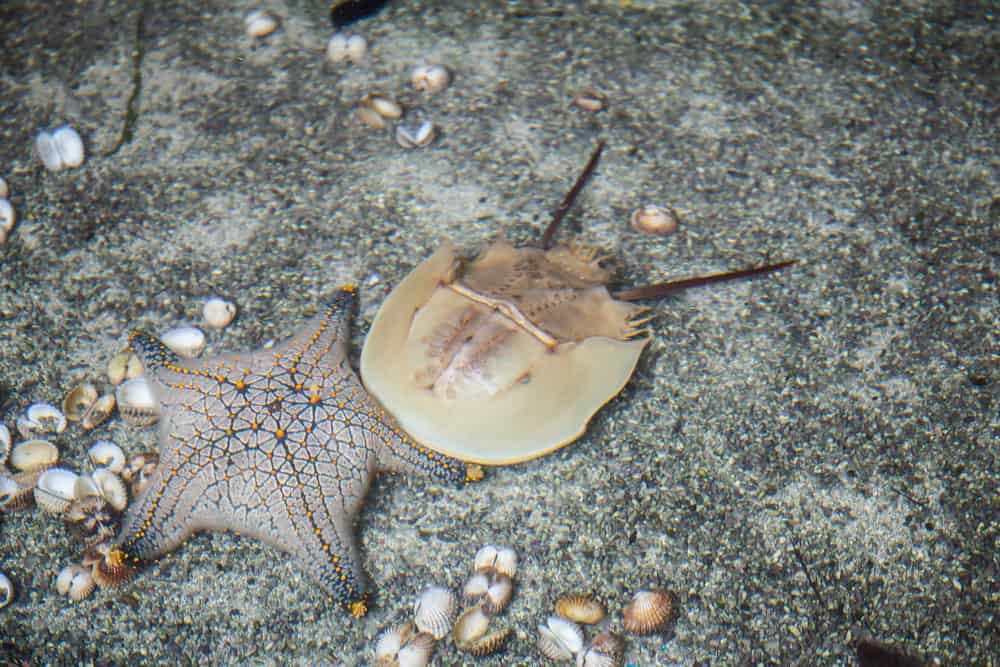
Modern genetic analysis has provided fascinating insights into the horseshoe crab’s evolutionary standstill. Studies of their genome reveal remarkably low rates of genetic change compared to most other organisms. While their DNA does show some evidence of minor mutations and adaptations over time, the rate of change is significantly slower than observed in most species. This genetic conservation extends to key developmental genes that control body formation and immune response.
Interestingly, horseshoe crabs possess genes for innate immunity that appear strikingly similar to those found in humans and other vertebrates, despite the vast evolutionary distance between us. This suggests that some fundamental aspects of immune function evolved very early in animal life and have been conserved across diverse lineages. The genetic stability of horseshoe crabs aligns with their morphological consistency and helps explain how they’ve maintained such a successful body plan for hundreds of millions of years despite the constant evolutionary pressures faced by all living organisms.
The Ecological Niche: Masters of Their Domain

Horseshoe crabs occupy a specialized ecological niche that has remained relatively stable despite Earth’s ever-changing environments. They typically inhabit shallow coastal waters and estuaries with sandy or muddy bottoms, spending much of their time foraging for food by plowing through the substrate. Their feeding habits, primarily consisting of worms, mollusks, and other bottom-dwelling invertebrates, represent a stable food source that has persisted through various geological epochs.
Their position in the food web as mid-level consumers has remained relatively unchanged, allowing them to avoid the specialized dependencies that have driven many species to extinction. Additionally, adult horseshoe crabs have few natural predators due to their hard exoskeleton and chemical defenses, though their eggs and juveniles face predation from various birds and marine creatures. This ecological consistency, combined with their generalist approach to habitat and diet, has contributed significantly to their evolutionary persistence. The horseshoe crab demonstrates that sometimes, finding and mastering a stable ecological niche can be more advantageous for long-term survival than continuous adaptation to changing conditions.
Modern Threats: Endangered Living Fossils
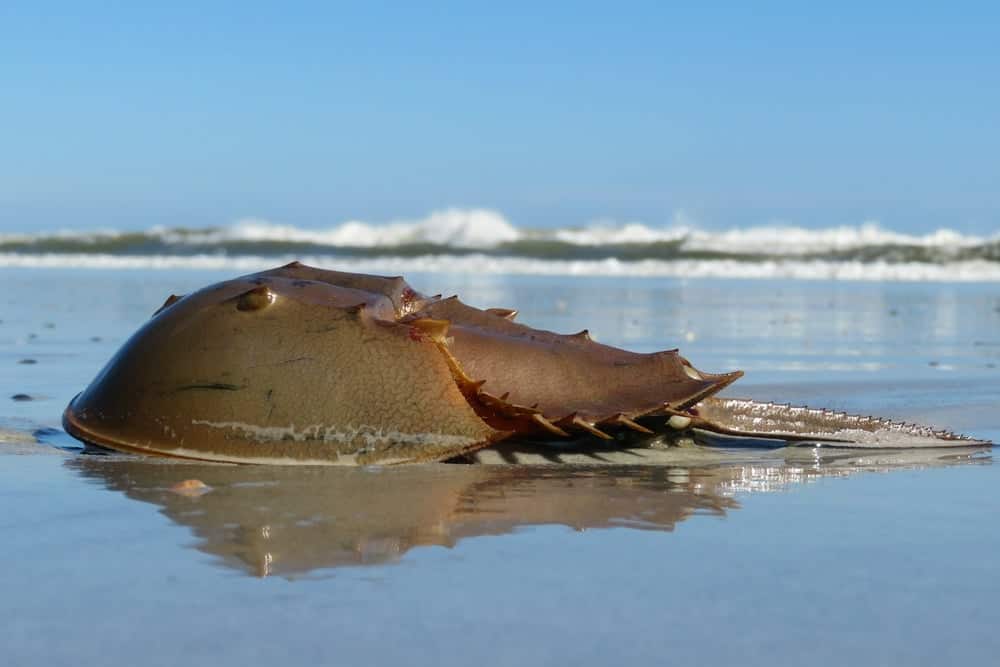
Despite surviving for 300 million years through countless natural disasters and changing environments, horseshoe crabs now face their greatest threat: humans. All four extant species are experiencing population declines, with the three Asian species listed as endangered. The Atlantic horseshoe crab is classified as vulnerable. Habitat destruction through coastal development has eliminated many spawning grounds, while pollution affects their breeding success and overall health. Commercial harvesting for bait in eel and conch fisheries has taken a significant toll, particularly on Atlantic populations.
Perhaps most impactful is the biomedical industry’s reliance on horseshoe crab blood for bacterial contamination testing, with hundreds of thousands of crabs harvested annually. Though most are returned to the ocean after bleeding, mortality rates remain concerning. Climate change presents additional challenges, as rising sea levels alter coastlines and warming waters affect breeding cycles. Conservation efforts, including spawning beach protection, harvest regulations, and the development of synthetic alternatives to LAL (such as recombinant Factor C), offer hope. However, without significant intervention, these living fossils that survived 300 million years of natural challenges may succumb to anthropogenic threats within our lifetime.
Evolutionary Lessons: What Horseshoe Crabs Teach Us
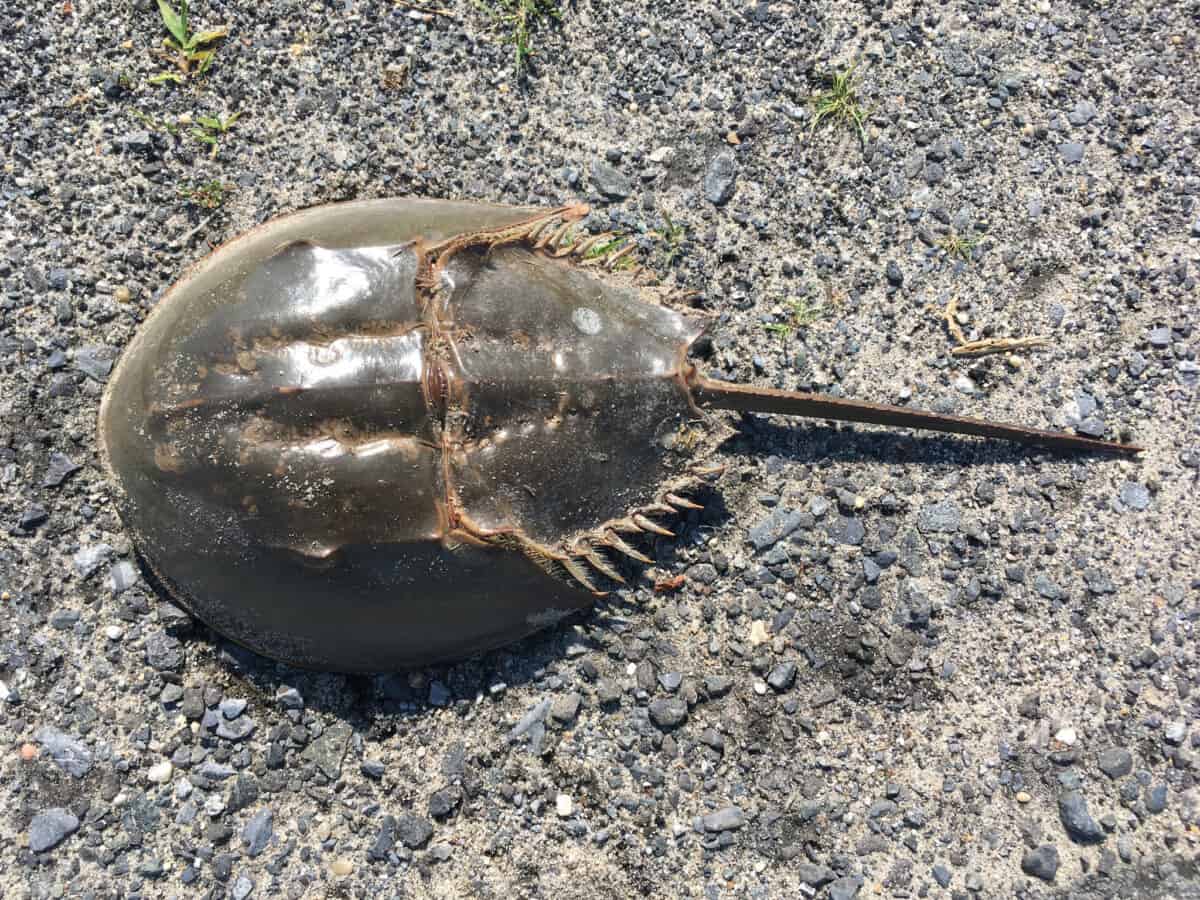
The evolutionary stasis of horseshoe crabs challenges some traditional understandings of evolutionary theory and offers valuable scientific lessons. While Darwin’s concept of natural selection emphasizes adaptation and change in response to environmental pressures, horseshoe crabs remind us that when a species achieves a nearly perfect adaptation to its environment, evolutionary conservation rather than innovation may be advantageous. They demonstrate that evolutionary success isn’t always measured by diversification or complexity, but sometimes by consistency and resilience.
Horseshoe crabs also provide important insights into how organisms can survive mass extinctions. Their generalist approach to habitat, feeding, and reproduction likely contributed to their survival through catastrophic events that eliminated more specialized species. Additionally, they showcase the concept of “evolutionary baggage”—the idea that once certain anatomical or physiological systems evolve, organisms may be constrained in how they can further evolve. The horseshoe crab’s body plan, once established, proved so effective that major deviations would likely have reduced rather than enhanced their fitness. Understanding these evolutionary principles helps scientists better comprehend the complex mechanisms that drive biodiversity and species longevity.
Living Time Capsules: Conclusion
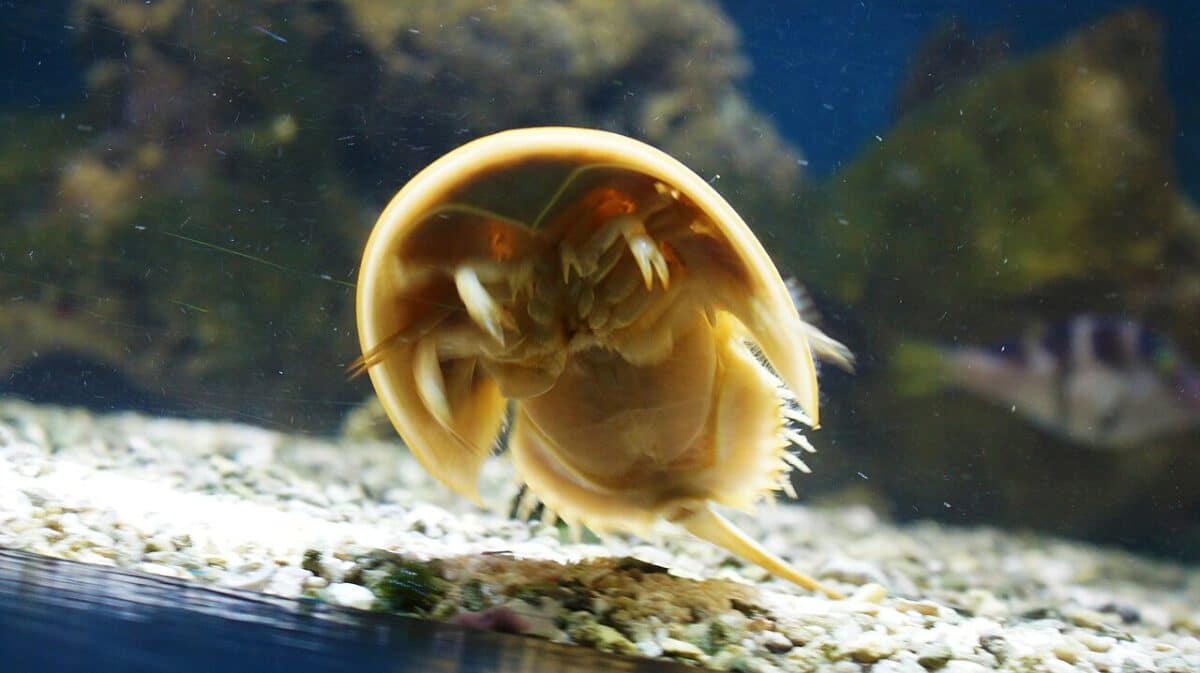
Horseshoe crabs represent one of nature’s most remarkable success stories—living time capsules that connect us directly to Earth’s ancient past. Their 300-million-year journey through time with minimal evolutionary change stands as testimony to the concept that sometimes, evolutionary perfection can be achieved early. These living fossils have survived ice ages, asteroid impacts, and countless other catastrophes that eliminated supposedly “more advanced” species, all while maintaining their distinctive form and function.
As we face unprecedented biodiversity loss in our modern era, horseshoe crabs offer profound lessons about resilience, adaptation, and the delicate balance between evolutionary change and conservation. Their future now depends largely on our ability to appreciate their unique place in Earth’s biological history and our willingness to ensure their continued survival. Whether horseshoe crabs will maintain their incredible evolutionary constancy for another 300 million years remains uncertain, but their story reminds us that in the grand experiment of life on Earth, sometimes the most enduring solutions are found early.
- Echidnas Use Electroreception to Hunt - August 20, 2025
- The Most Remote Lake in the U.S. - August 19, 2025
- 9 Animals That Have an Extra Sense Humans Can’t Even Imagine - August 19, 2025

